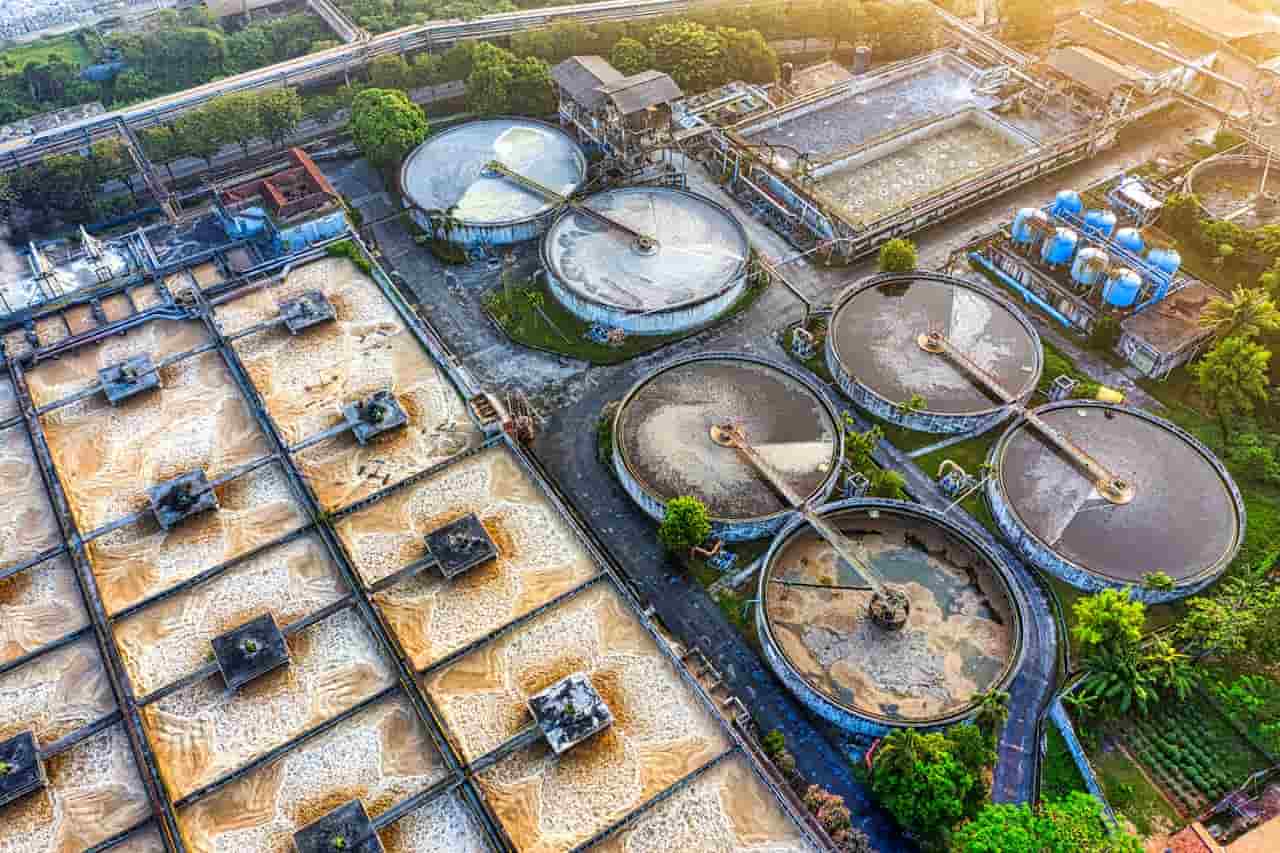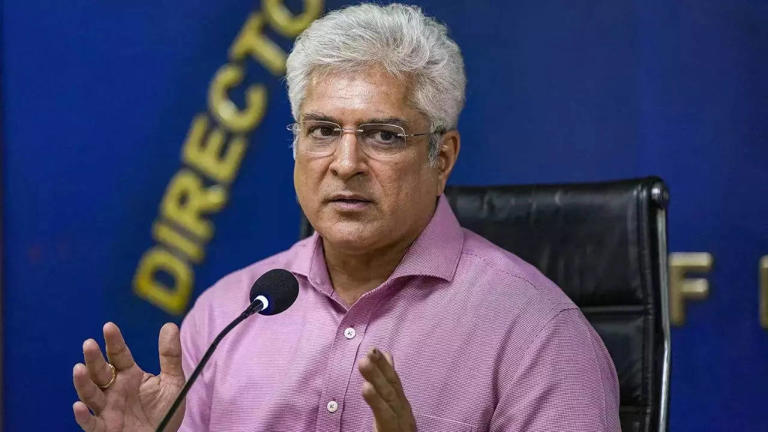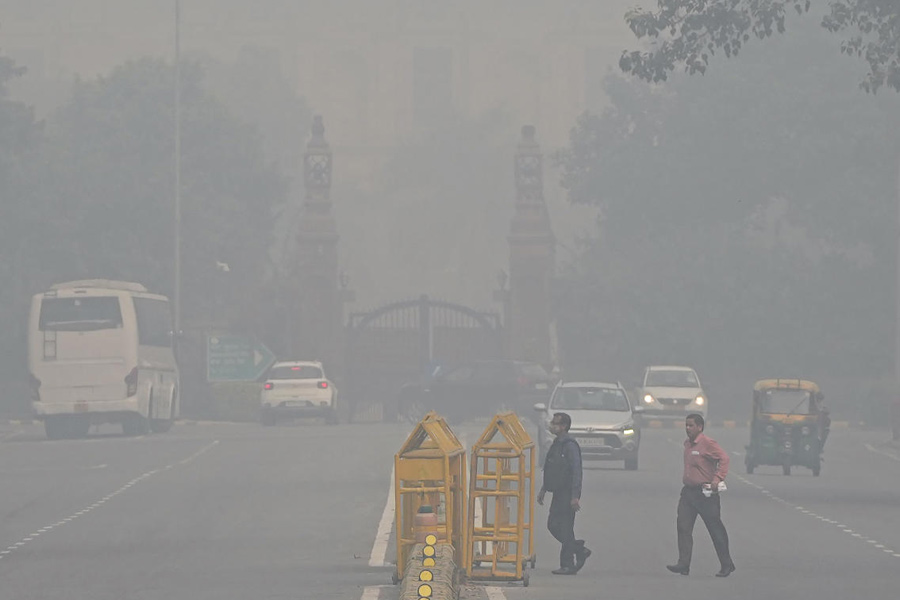Home / meghalaya / Tragic Floods and Landslides in Meghalaya Claim 10
Tragic Floods and Landslides in Meghalaya Claim 10
By: My India Times
3 minutes read 56Updated At: 2024-11-09
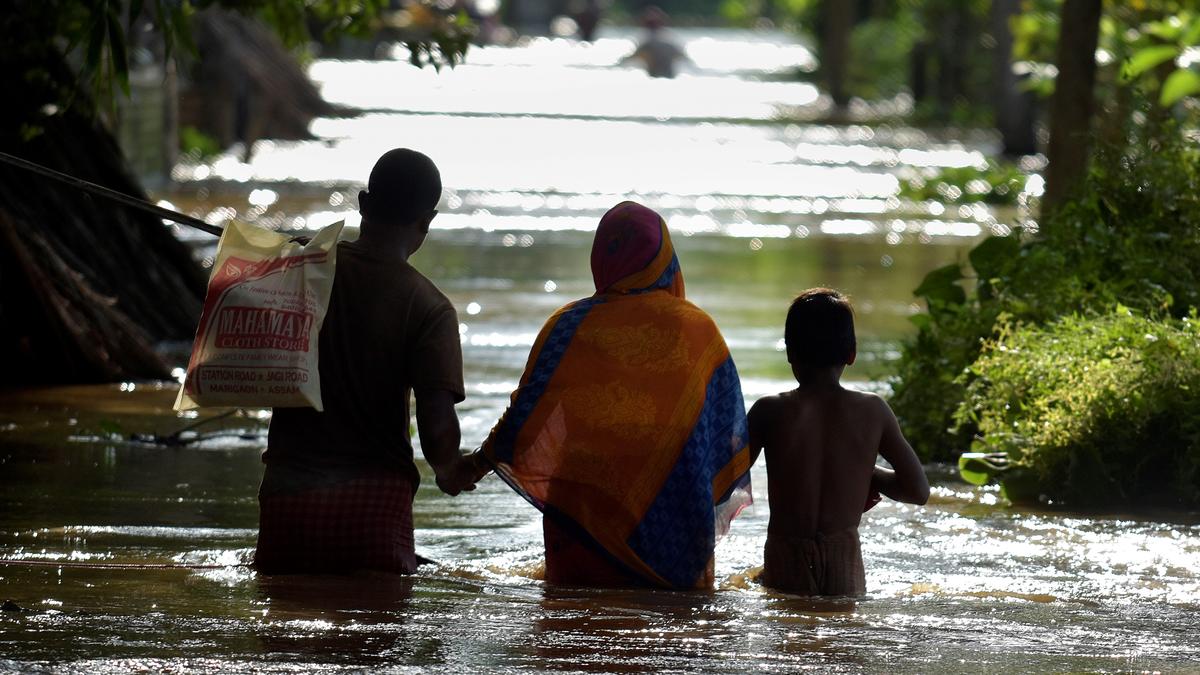
Shillong, Meghalaya — In the wake of relentless rains, Meghalaya has been devastated by floods and landslides, resulting in the tragic loss of 10 lives and leaving communities in desperate need of assistance. Thousands have been displaced across the state, with roads washed away, homes buried under debris, and essential supplies cut off in affected areas. Chief Minister Conrad K. Sangma held an emergency review and has directed district authorities to mobilize resources and seek government assistance to provide immediate relief.
For the residents of the worst-hit areas, the relentless rains are more than just a natural disaster; they have turned lives upside down. “In one night, everything we worked for is gone,†says Haren Marak, a farmer whose entire crop was submerged in floodwaters. “We have no food, no shelter—only hope that help will come.â€
“Living Through a Nightmareâ€
Heavy downpours triggered multiple landslides across East Khasi Hills and West Jaintia Hills, burying homes, blocking roads, and leaving many stranded. For children like eight-year-old Ankita Lyngdoh, these landslides have meant days without schooling and nights spent sheltering with her family under makeshift tarpaulins. “I miss my school and my friends,†she says, her eyes brimming with tears.
Rescue workers are facing monumental challenges. Braving the floods, members of the State Disaster Response Force (SDRF) have been carrying out operations in treacherous conditions, risking their own lives to pull people to safety. Roads to key areas have been rendered impassable, hampering the delivery of food, medicine, and clean water to those in dire need.
“Getting aid into these villages is our first priority,†says Ramesh Singh, a local SDRF official. “But with roads gone and landslides blocking major routes, every operation is taking twice as long.â€
Government Response and Aid Mobilization
Recognizing the scale of the disaster, Chief Minister Sangma assured the public that resources would be available for emergency relief. During his review meeting, he called on district administrators to report resource gaps so the state could mobilize additional funds, supplies, and personnel. “We will do everything possible to support our people,†Sangma said in a public address. “No one should have to face this alone.â€
In collaboration with the National Disaster Management Authority (NDMA) and local NGOs, the government is setting up relief camps across affected districts, providing food, temporary shelter, and medical care to displaced families. The government has also promised financial aid to help families rebuild after the disaster, and helicopters are being used in remote areas to air-drop essential supplies where roads remain blocked.
A Community United in Crisis
Despite the devastation, the resilience of the local communities has shone through. Volunteers from neighboring towns and villages have joined hands to help those in need, sharing food, providing shelter, and comforting those who have lost family members. Young volunteers, like college student Sameer Das, have been instrumental in rescue efforts. “Seeing my community suffer like this was heartbreaking, so I had to help,†says Sameer, who has been working tirelessly with rescue teams to distribute food and help evacuate people.
In the village of Nongstoin, elderly residents recount similar floods from decades past but say the frequency and severity have grown worse in recent years. “We’ve had floods before, but never like this,†says 70-year-old Daiaka Mawlong, who lost her home in a landslide. “I fear this will only become more common if we don’t take action to protect our land.â€
The Road to Recovery
As Meghalaya begins its long journey to recovery, residents hope for more long-term solutions to prevent future disasters. Environmental experts emphasize that Meghalaya’s steep terrains and increasing deforestation make it especially vulnerable to landslides and floods. Calls are growing for a comprehensive disaster management plan that includes reforestation, improved drainage systems, and sustainable development practices.
“The crisis is a wake-up call for us all,†says Dr. Mira Nongrum, an environmental scientist based in Shillong. “To protect Meghalaya’s people and its unique environment, we need to prioritize sustainable land use and climate resilience.â€
For those left in the wake of this disaster, the government’s response and the community’s unity have brought hope amid despair. But as the state grapples with the immediate impacts, calls for change are growing louder, with locals demanding action to prevent such tragedies from repeating.
As the skies clear, the people of Meghalaya are left to rebuild not only their homes but also their hope for a safer future.
....Shillong, Meghalaya — In the wake of relentless rains, Meghalaya has been devastated by floods and landslides, resulting in the tragic loss of 10 lives and leaving communities in desperate need of assistance. Thousands have been displaced across the state, with roads washed away, homes buried under debris, and essential supplies cut off in affected areas. Chief Minister Conrad K. Sangma held an emergency review and has directed district authorities to mobilize resources and seek government assistance to provide immediate relief.
For the residents of the worst-hit areas, the relentless rains are more than just a natural disaster; they have turned lives upside down. “In one night, everything we worked for is gone,†says Haren Marak, a farmer whose entire crop was submerged in floodwaters. “We have no food, no shelter—only hope that help will come.â€
“Living Through a Nightmareâ€
Heavy downpours triggered multiple landslides across East Khasi Hills and West Jaintia Hills, burying homes, blocking roads, and leaving many stranded. For children like eight-year-old Ankita Lyngdoh, these landslides have meant days without schooling and nights spent sheltering with her family under makeshift tarpaulins. “I miss my school and my friends,†she says, her eyes brimming with tears.
Rescue workers are facing monumental challenges. Braving the floods, members of the State Disaster Response Force (SDRF) have been carrying out operations in treacherous conditions, risking their own lives to pull people to safety. Roads to key areas have been rendered impassable, hampering the delivery of food, medicine, and clean water to those in dire need.
“Getting aid into these villages is our first priority,†says Ramesh Singh, a local SDRF official. “But with roads gone and landslides blocking major routes, every operation is taking twice as long.â€
Government Response and Aid Mobilization
Recognizing the scale of the disaster, Chief Minister Sangma assured the public that resources would be available for emergency relief. During his review meeting, he called on district administrators to report resource gaps so the state could mobilize additional funds, supplies, and personnel. “We will do everything possible to support our people,†Sangma said in a public address. “No one should have to face this alone.â€
In collaboration with the National Disaster Management Authority (NDMA) and local NGOs, the government is setting up relief camps across affected districts, providing food, temporary shelter, and medical care to displaced families. The government has also promised financial aid to help families rebuild after the disaster, and helicopters are being used in remote areas to air-drop essential supplies where roads remain blocked.
A Community United in Crisis
Despite the devastation, the resilience of the local communities has shone through. Volunteers from neighboring towns and villages have joined hands to help those in need, sharing food, providing shelter, and comforting those who have lost family members. Young volunteers, like college student Sameer Das, have been instrumental in rescue efforts. “Seeing my community suffer like this was heartbreaking, so I had to help,†says Sameer, who has been working tirelessly with rescue teams to distribute food and help evacuate people.
In the village of Nongstoin, elderly residents recount similar floods from decades past but say the frequency and severity have grown worse in recent years. “We’ve had floods before, but never like this,†says 70-year-old Daiaka Mawlong, who lost her home in a landslide. “I fear this will only become more common if we don’t take action to protect our land.â€
The Road to Recovery
As Meghalaya begins its long journey to recovery, residents hope for more long-term solutions to prevent future disasters. Environmental experts emphasize that Meghalaya’s steep terrains and increasing deforestation make it especially vulnerable to landslides and floods. Calls are growing for a comprehensive disaster management plan that includes reforestation, improved drainage systems, and sustainable development practices.
“The crisis is a wake-up call for us all,†says Dr. Mira Nongrum, an environmental scientist based in Shillong. “To protect Meghalaya’s people and its unique environment, we need to prioritize sustainable land use and climate resilience.â€
For those left in the wake of this disaster, the government’s response and the community’s unity have brought hope amid despair. But as the state grapples with the immediate impacts, calls for change are growing louder, with locals demanding action to prevent such tragedies from repeating.
As the skies clear, the people of Meghalaya are left to rebuild not only their homes but also their hope for a safer future.
By: My India Times
Updated At: 2024-11-09
Tags: meghalaya News | My India Times News | Trending News | Travel News
Join our WhatsApp Channel









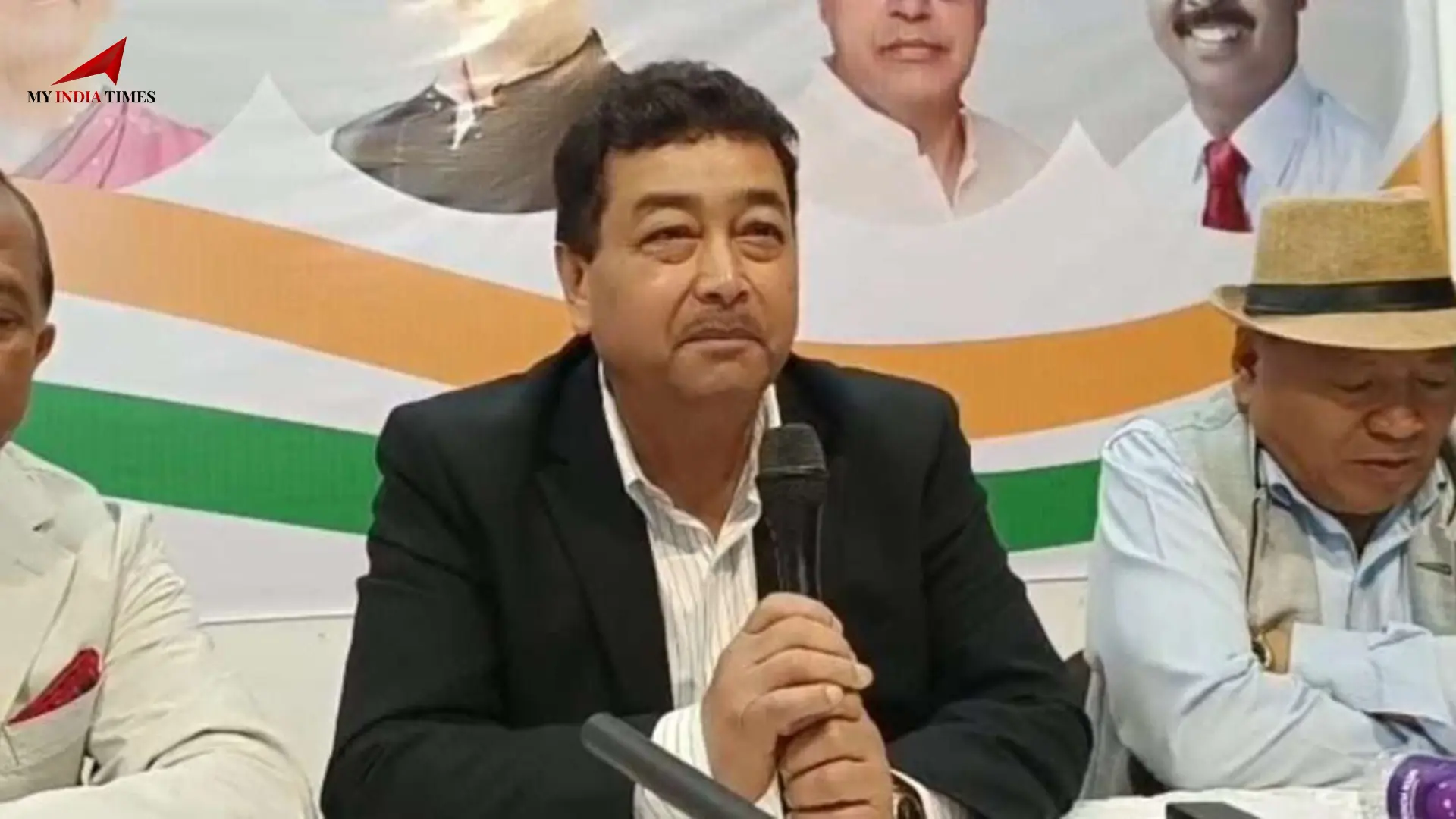
.jfif)


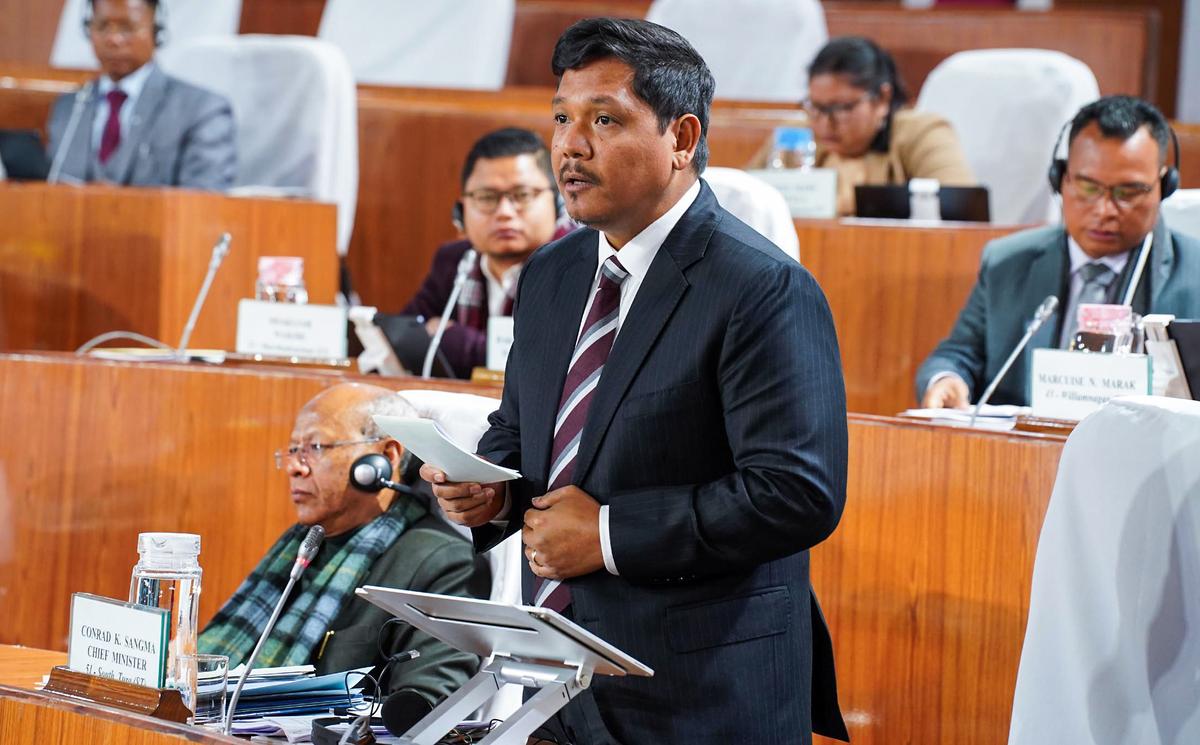
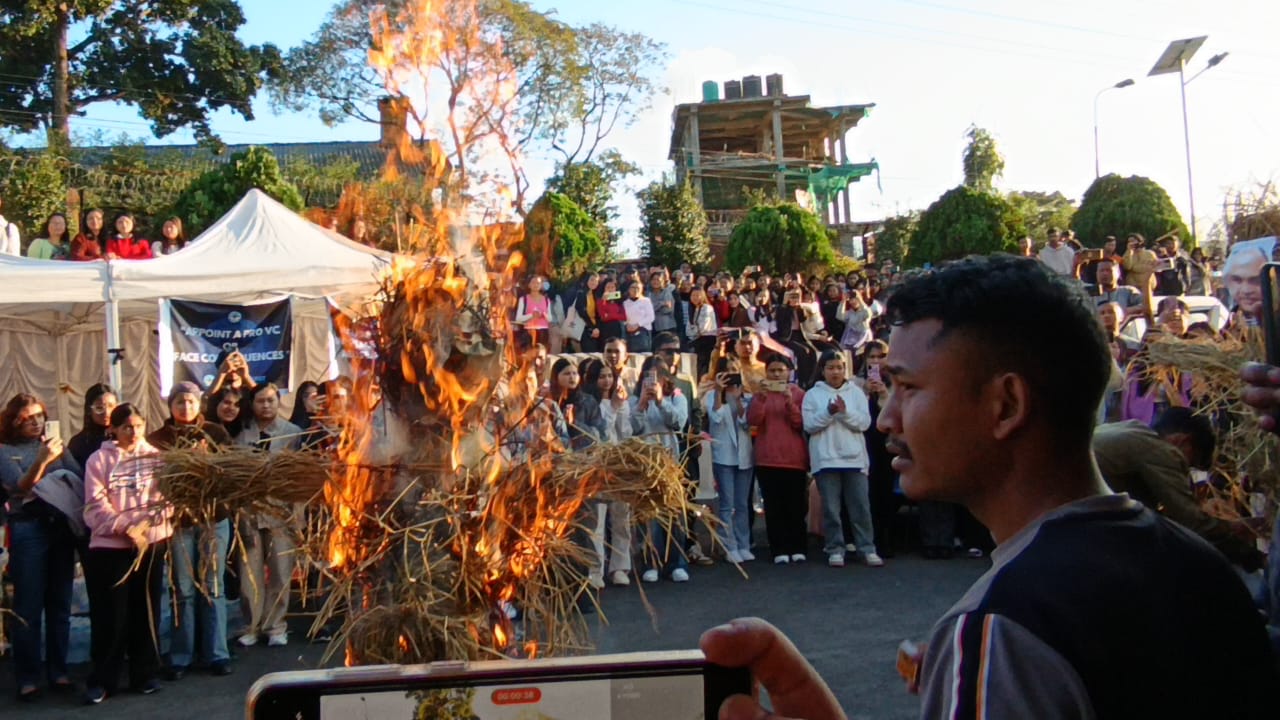
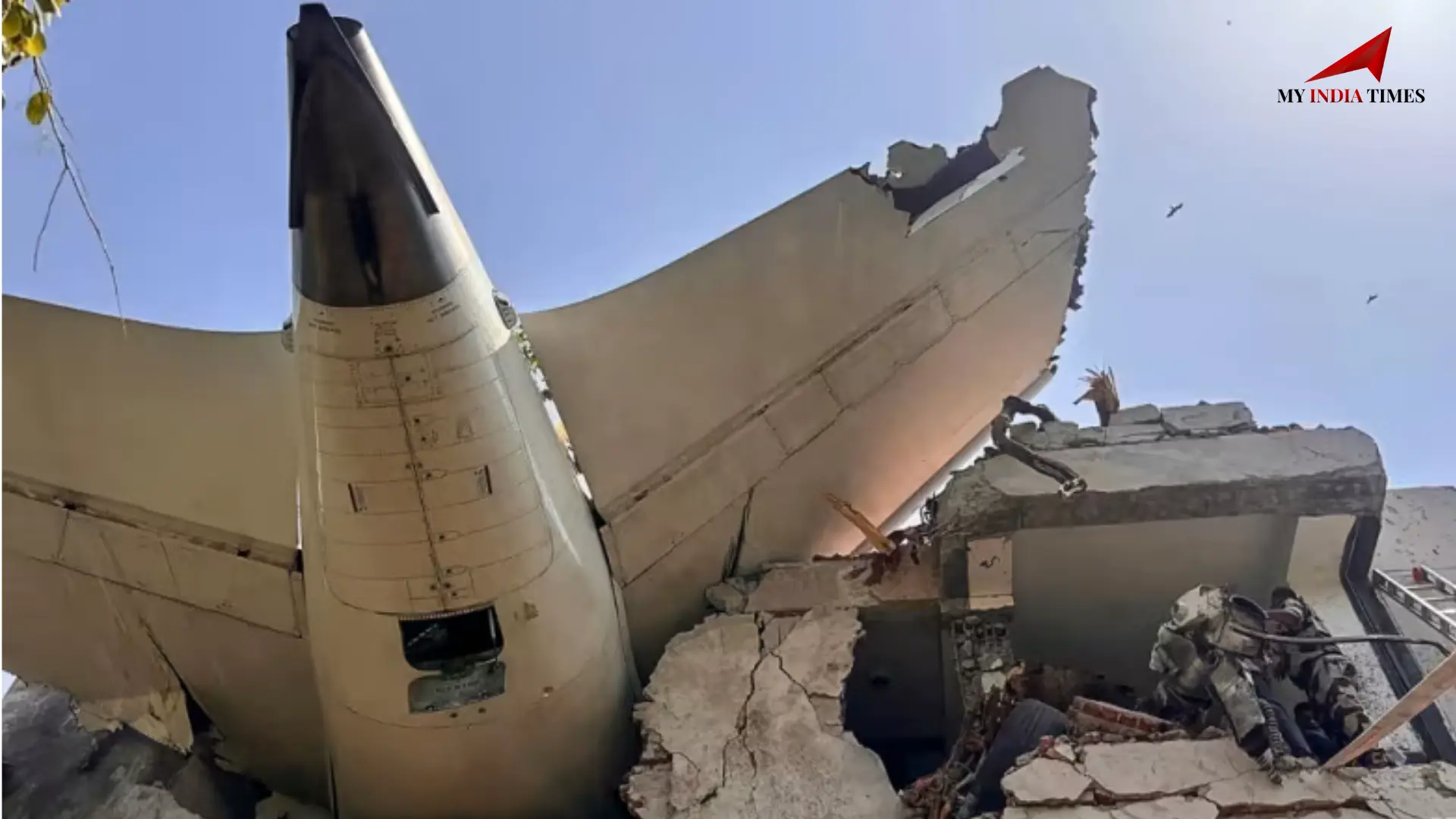




















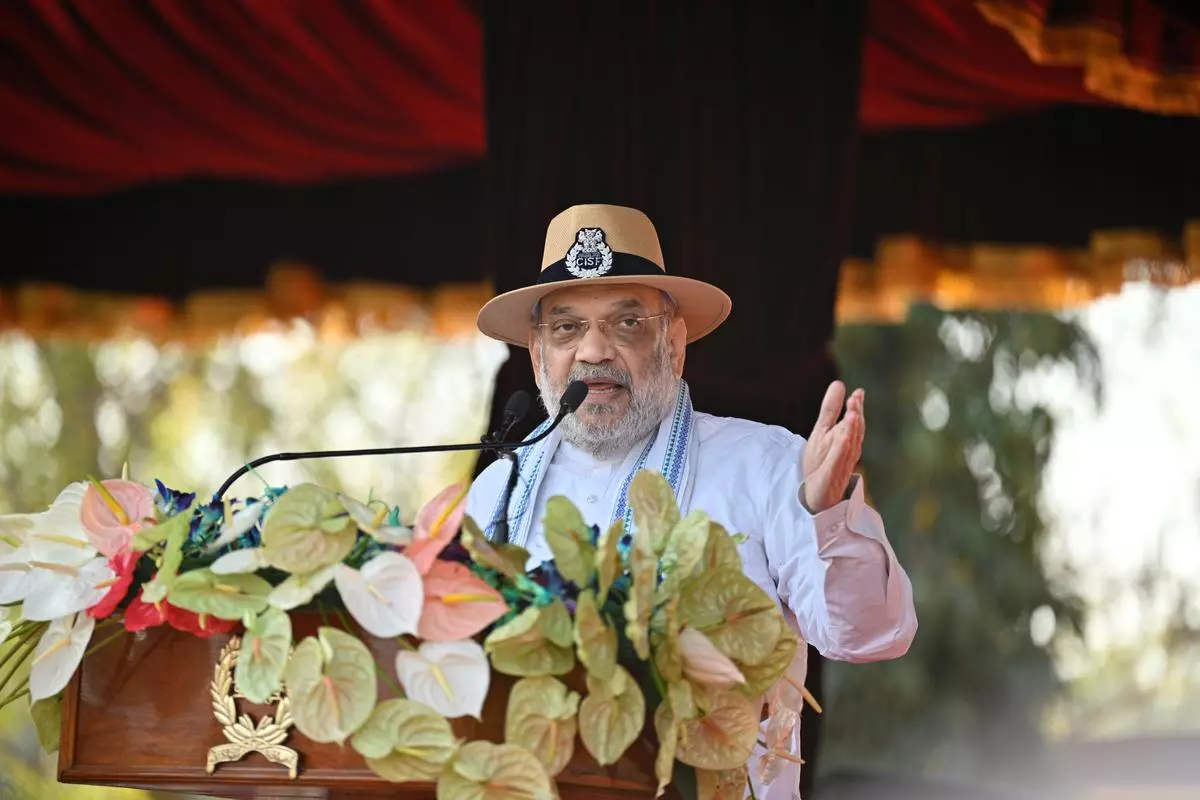










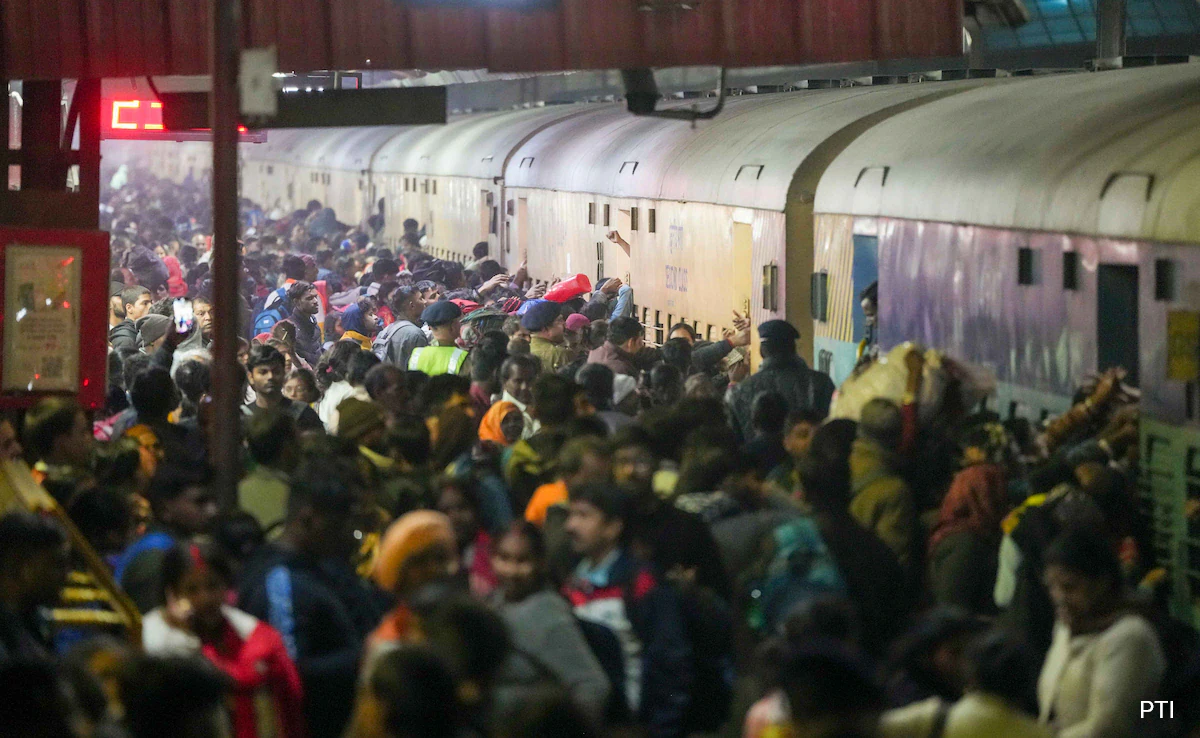
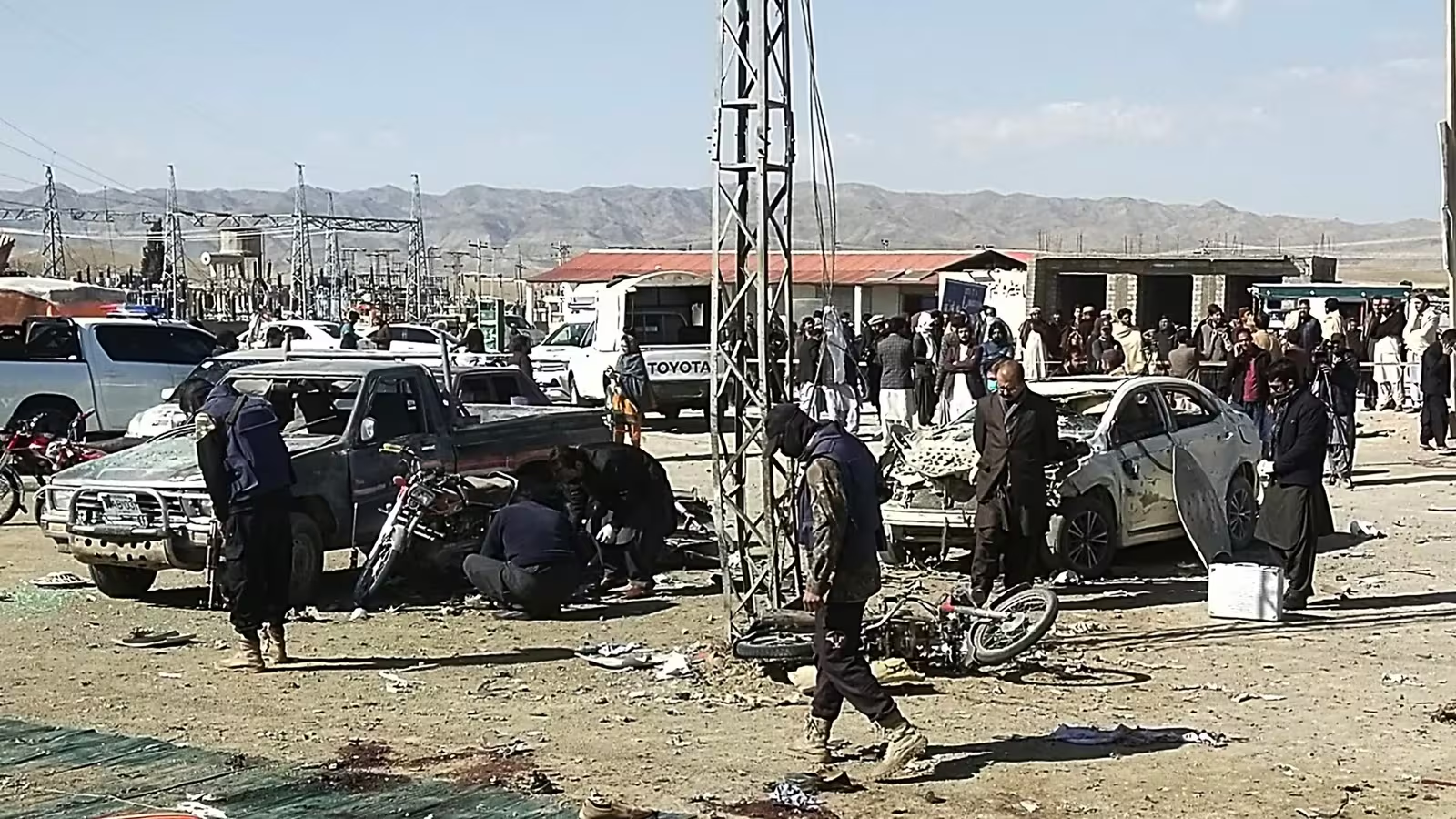



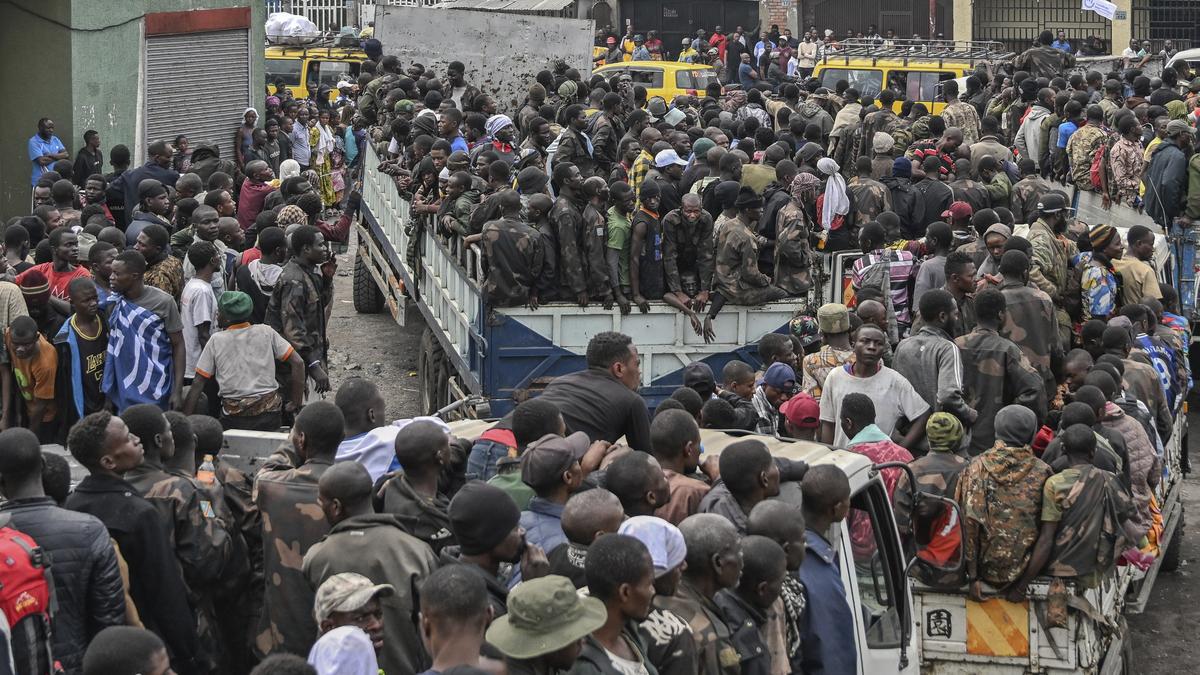
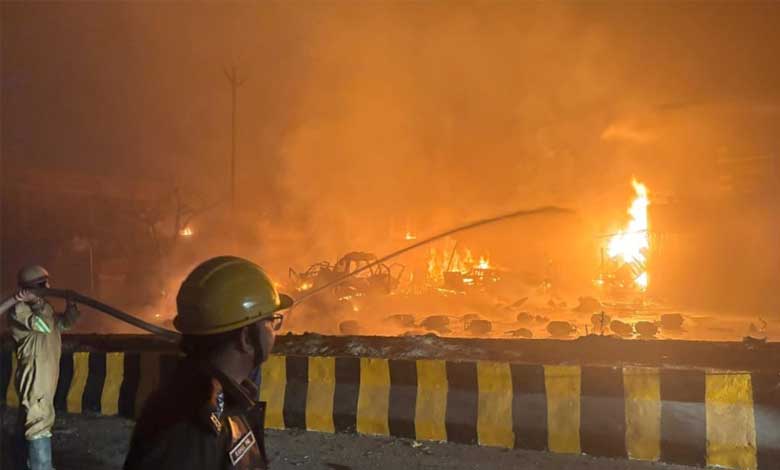











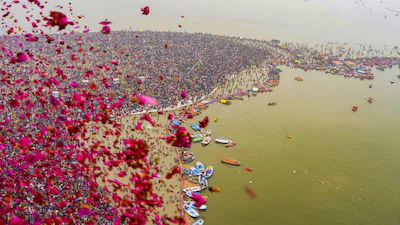
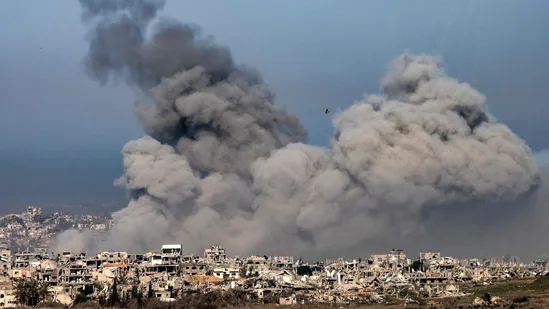
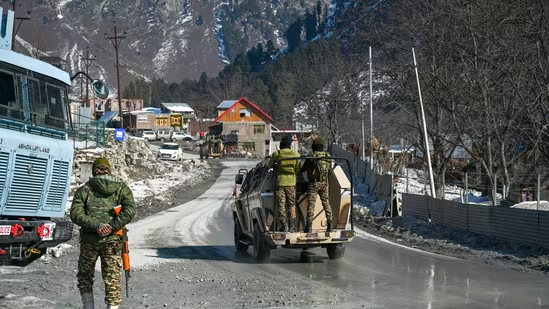

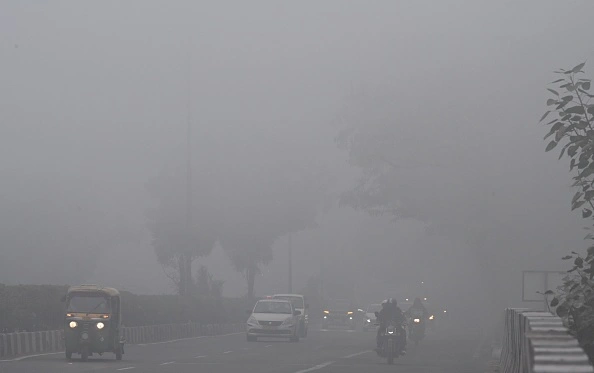

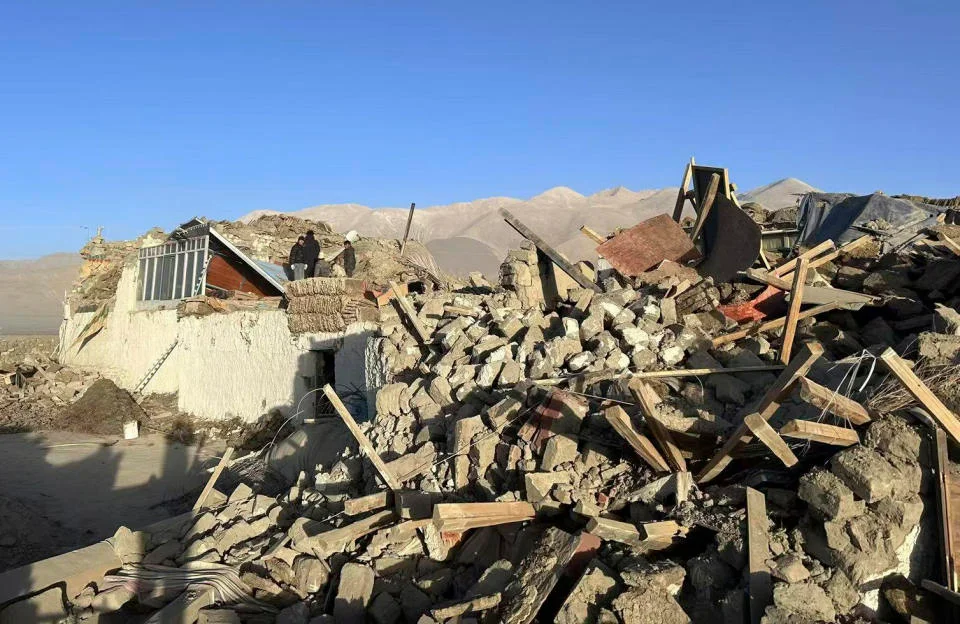



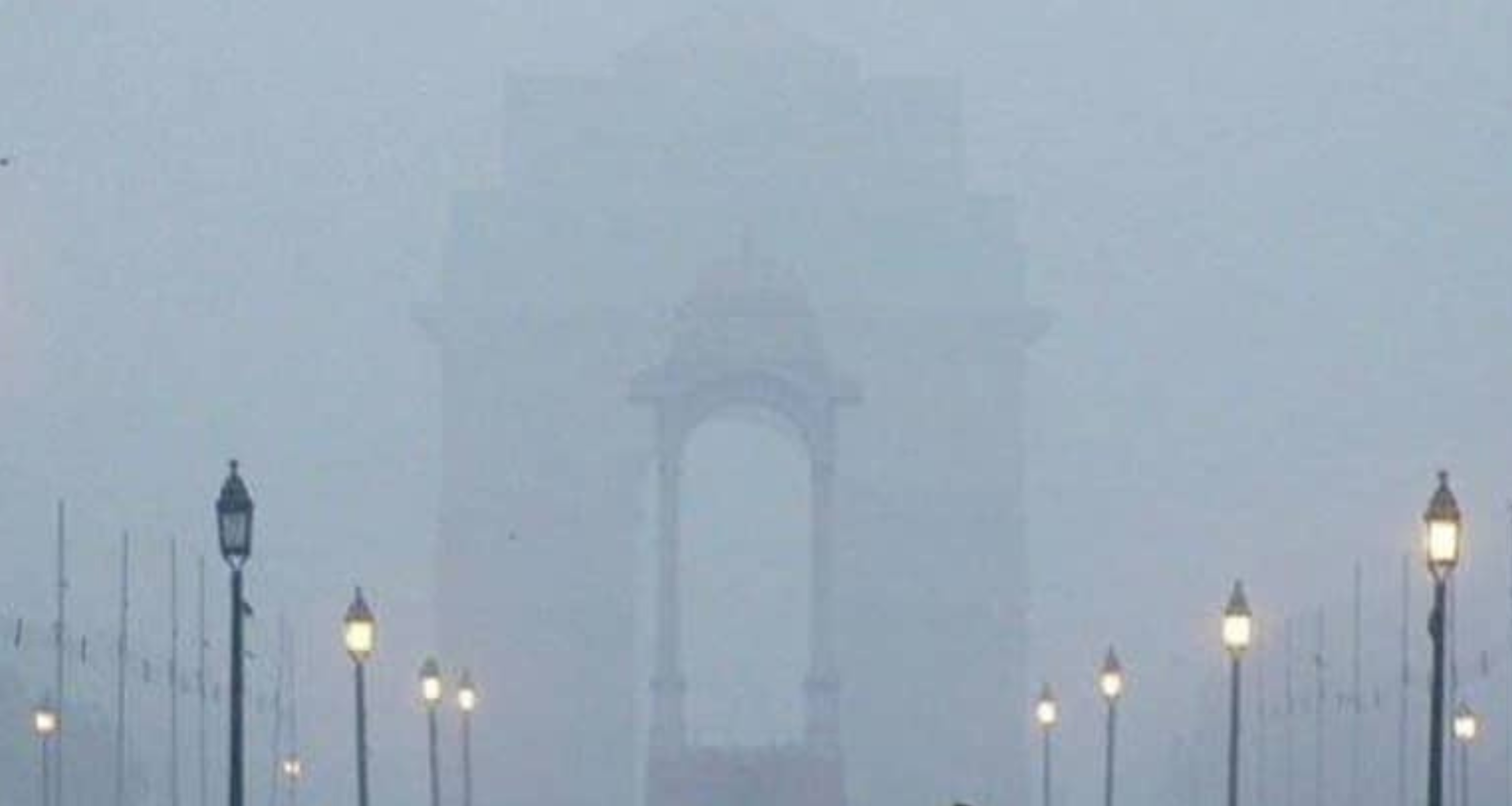
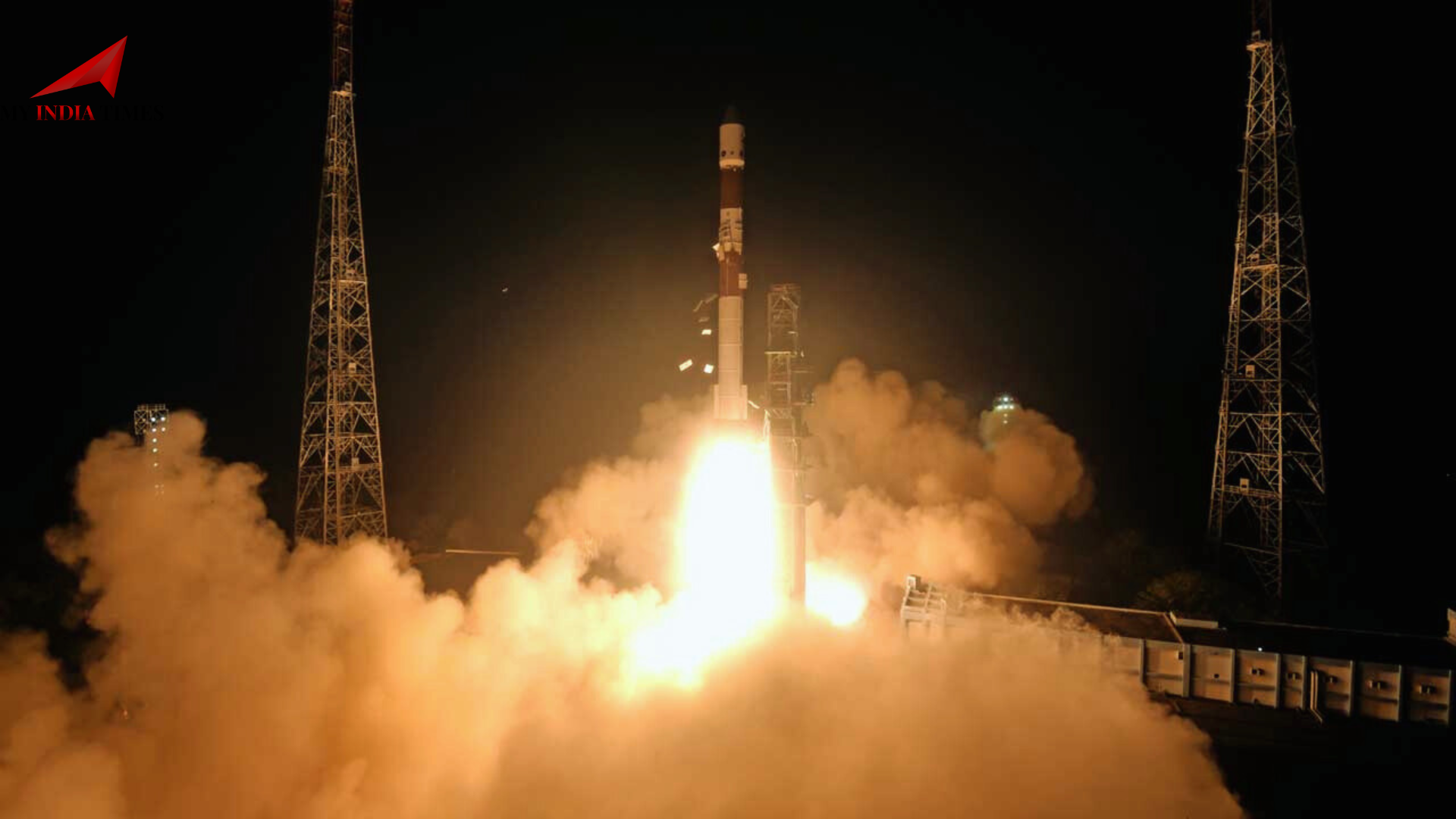



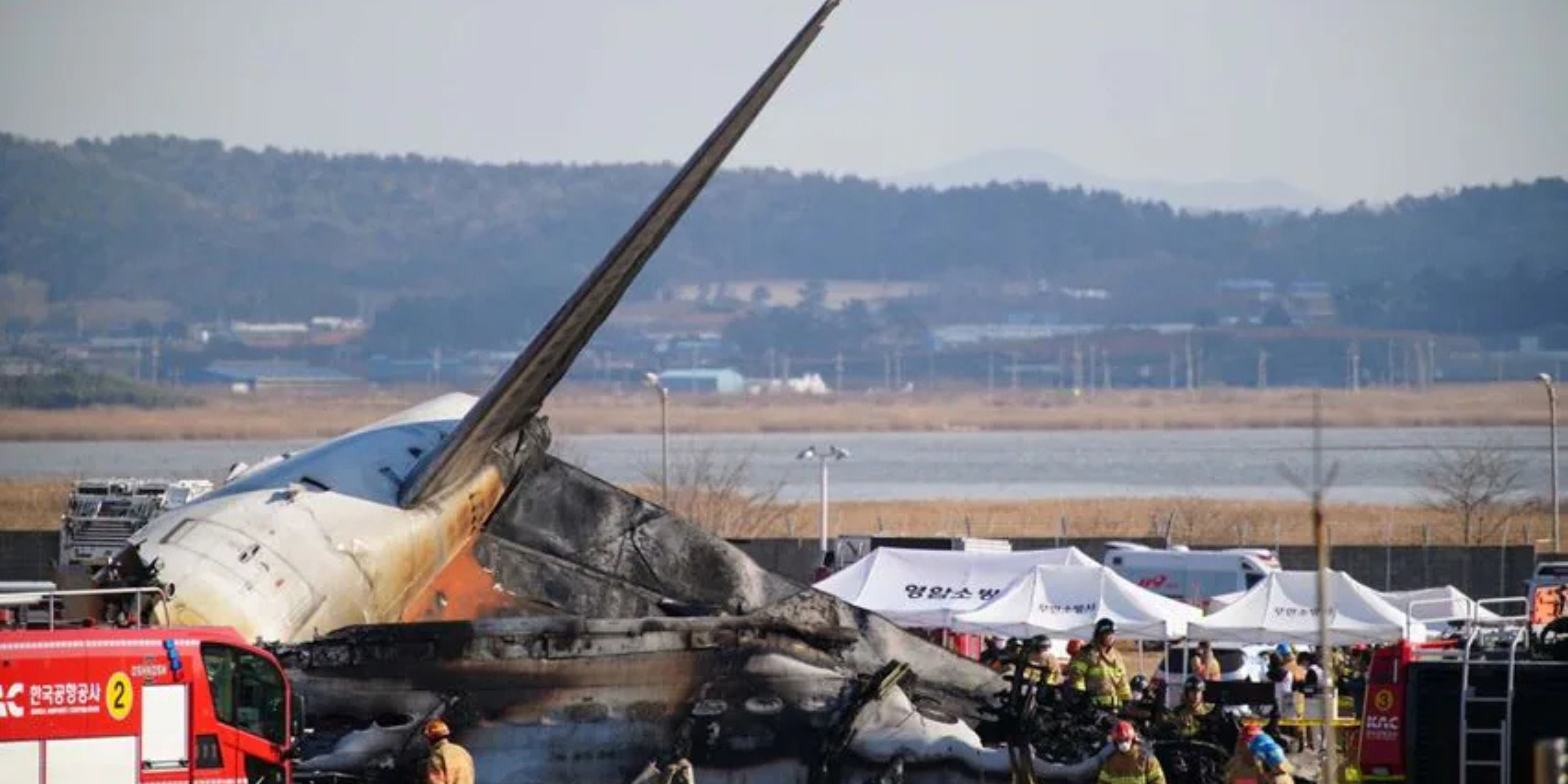

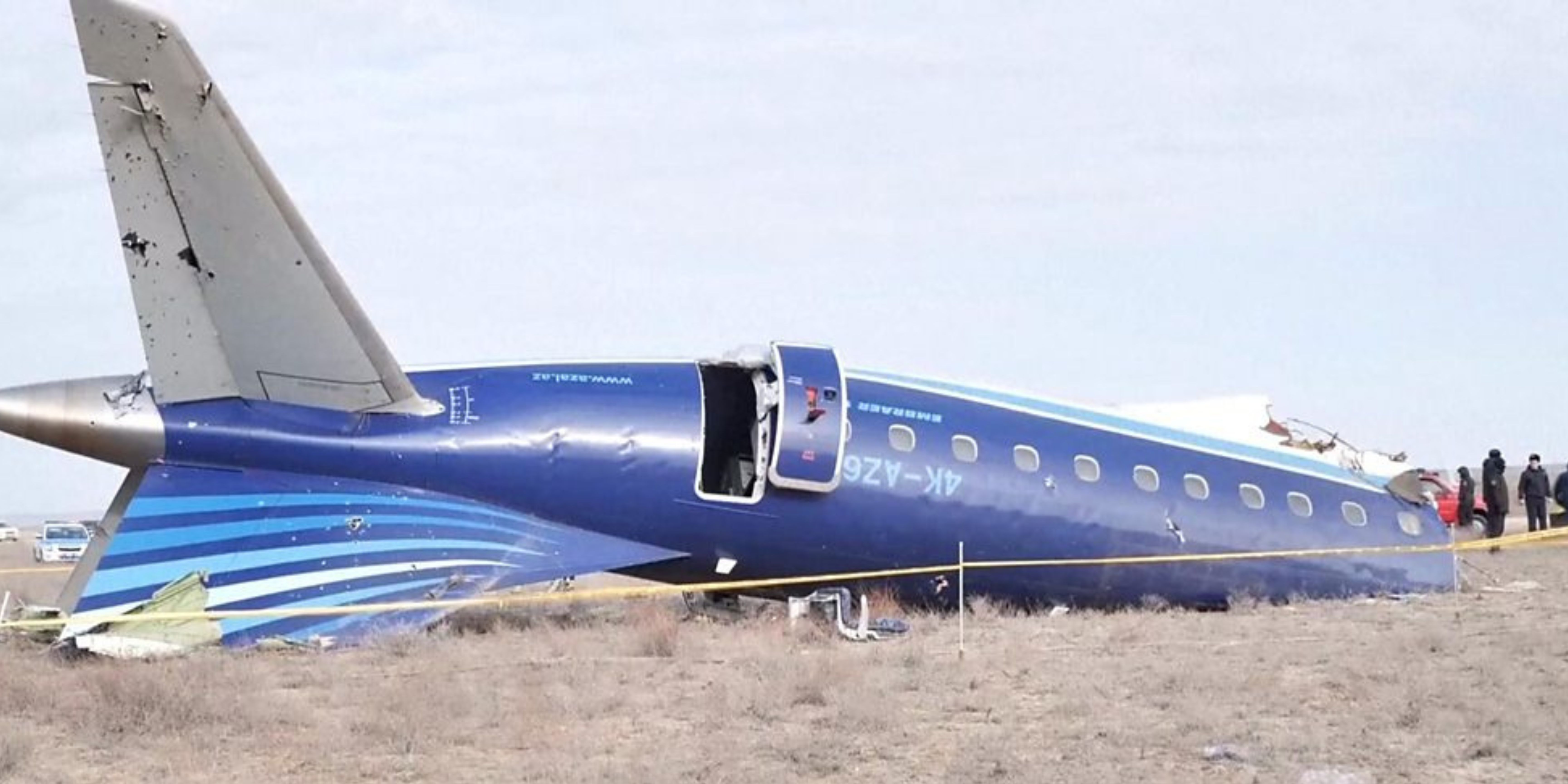



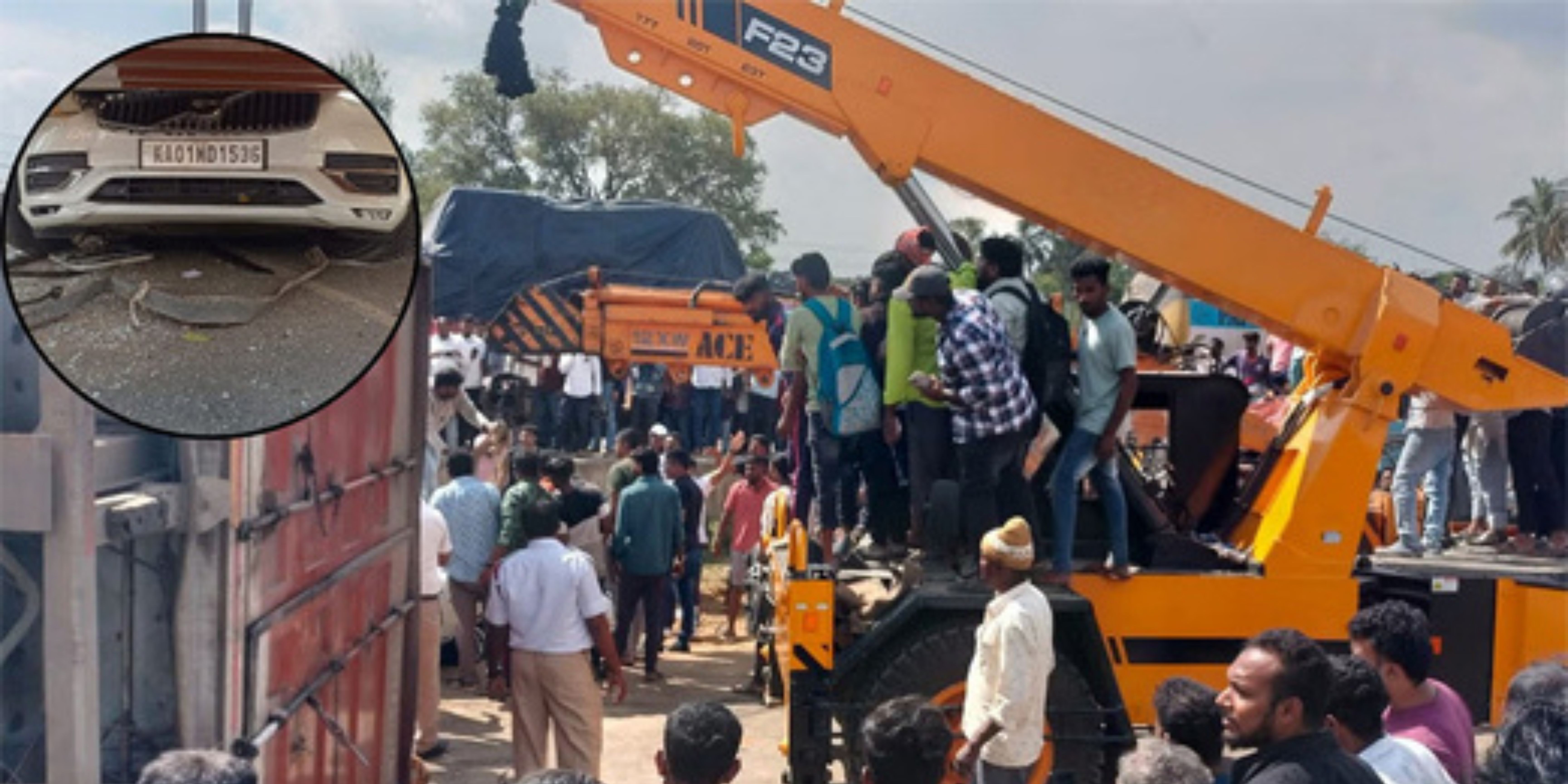




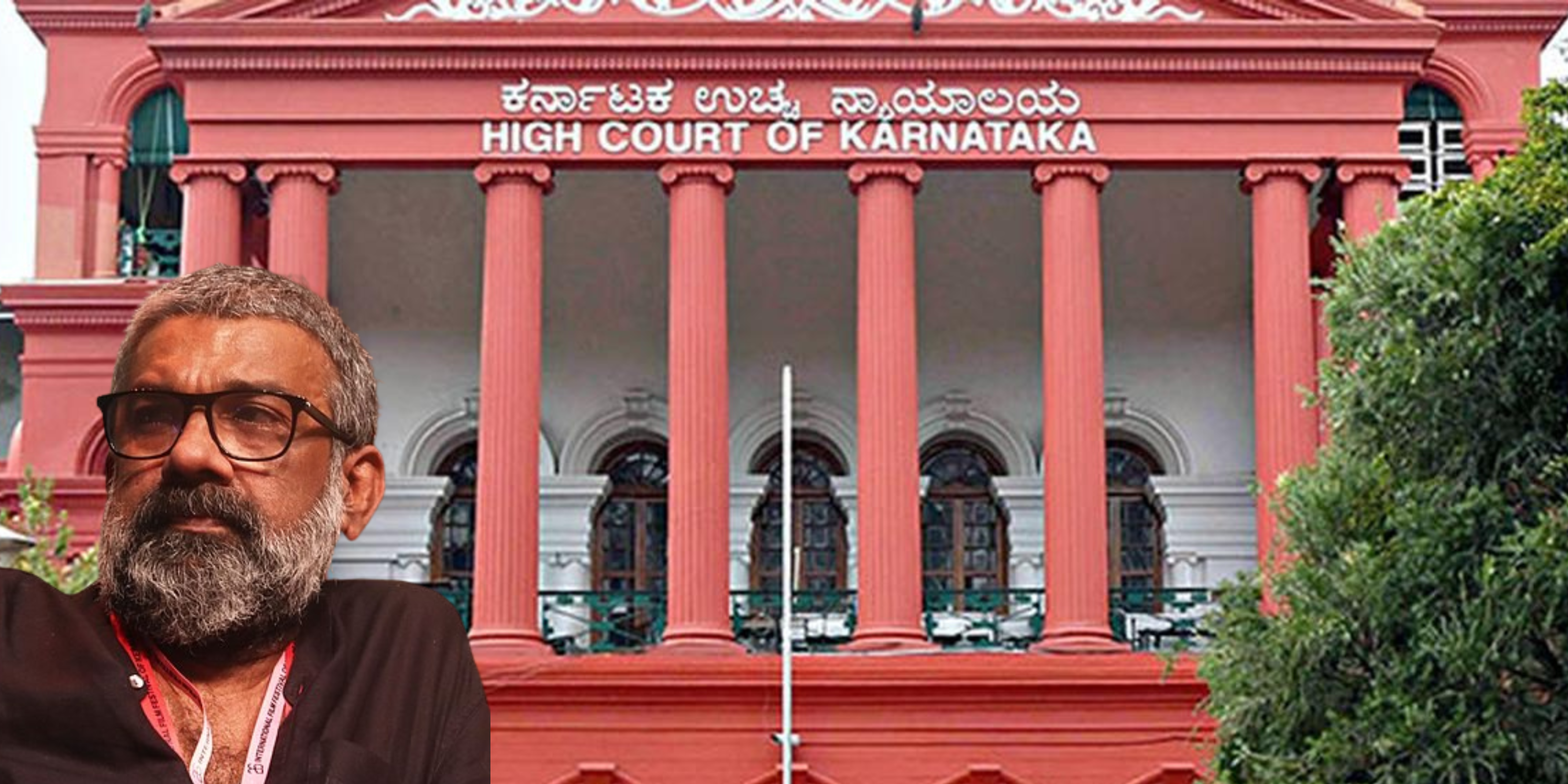

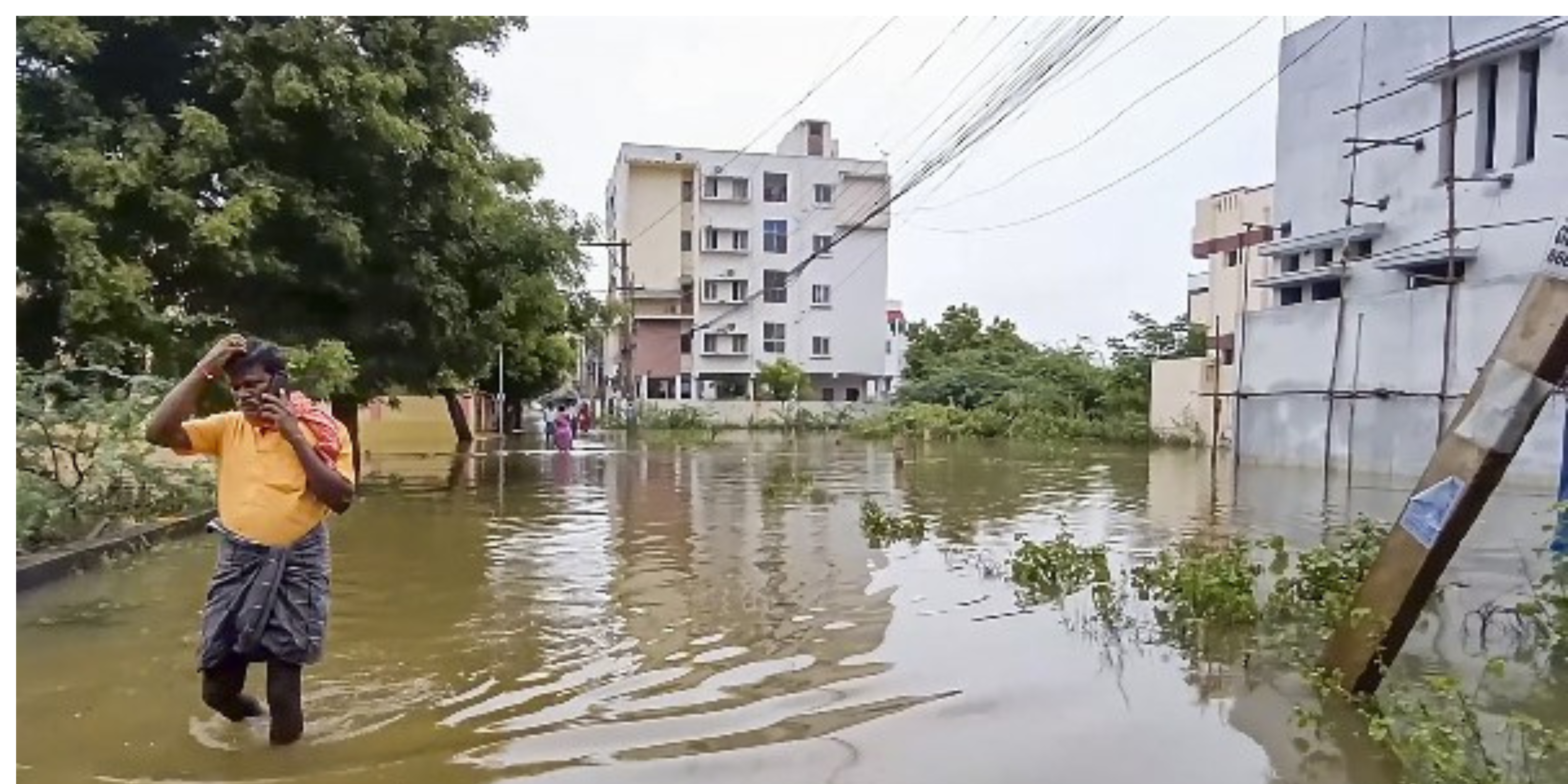
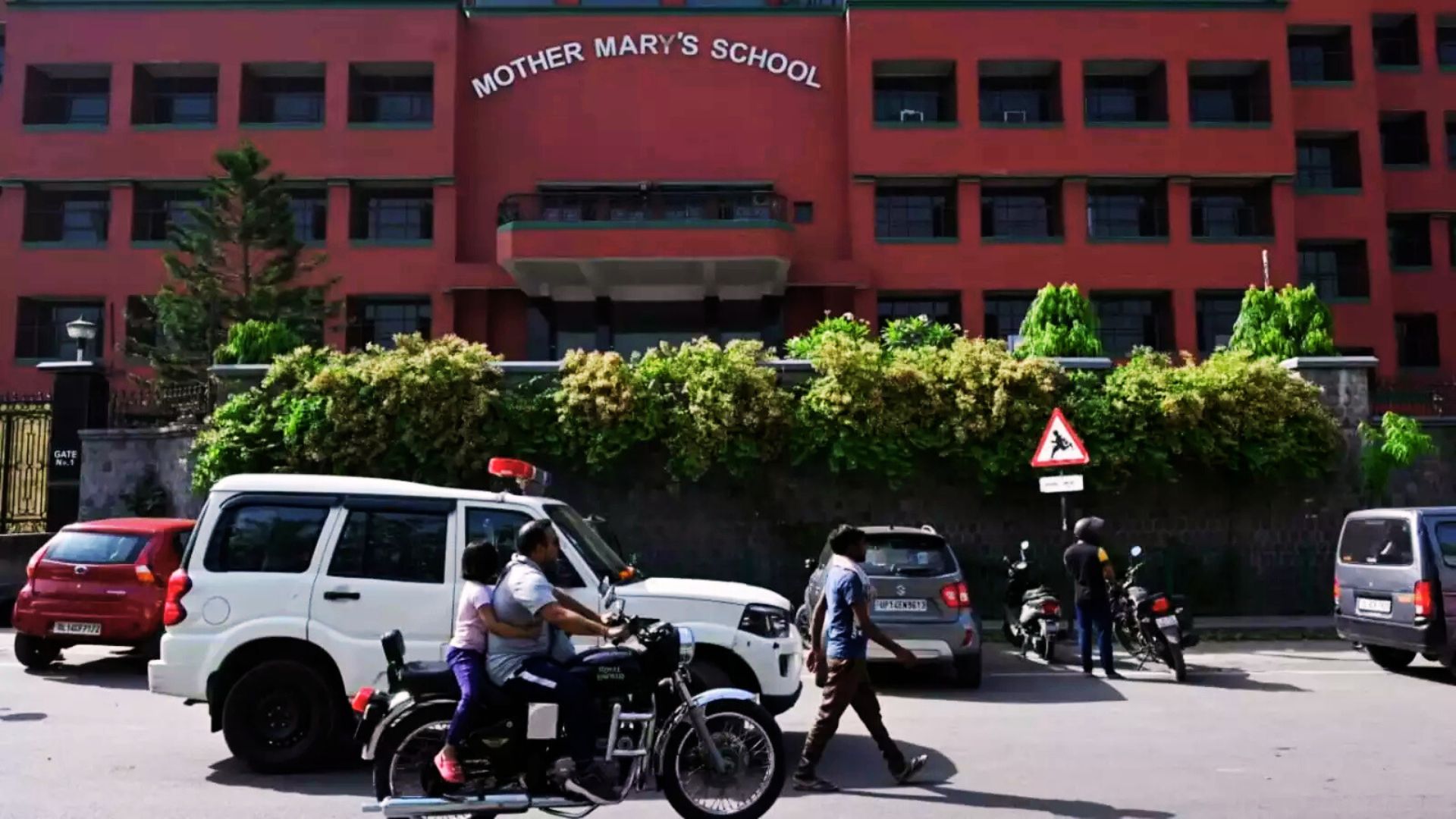

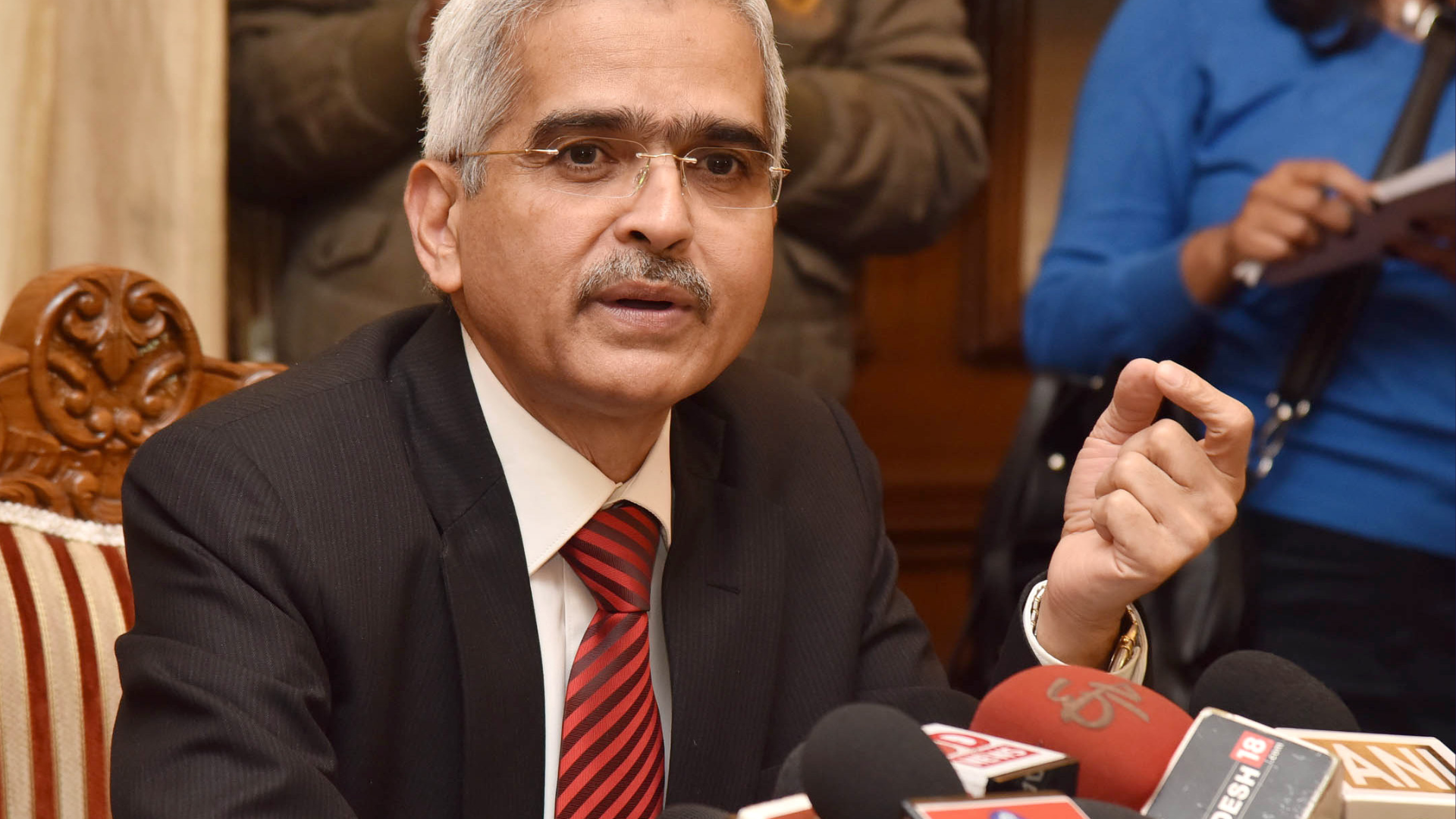
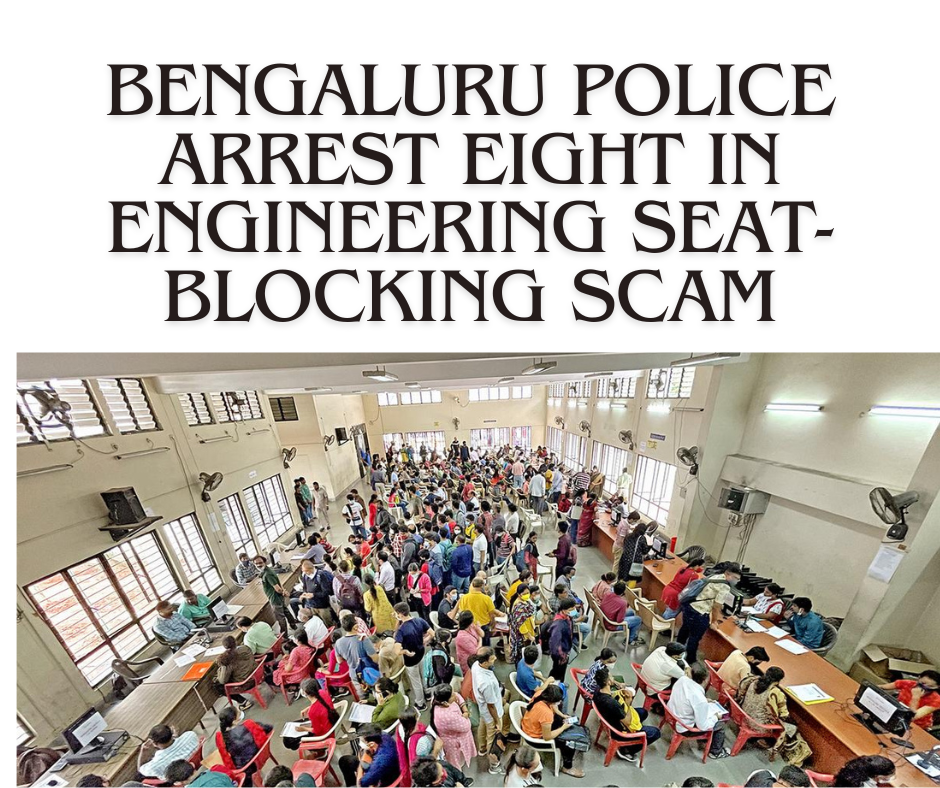


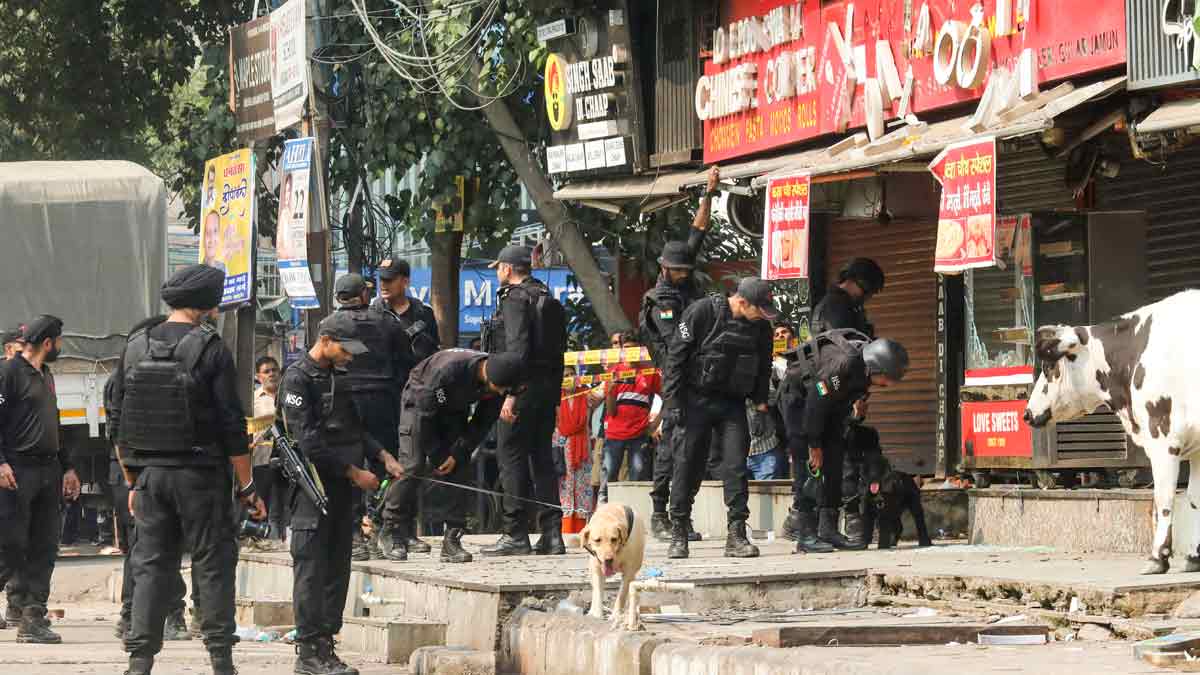
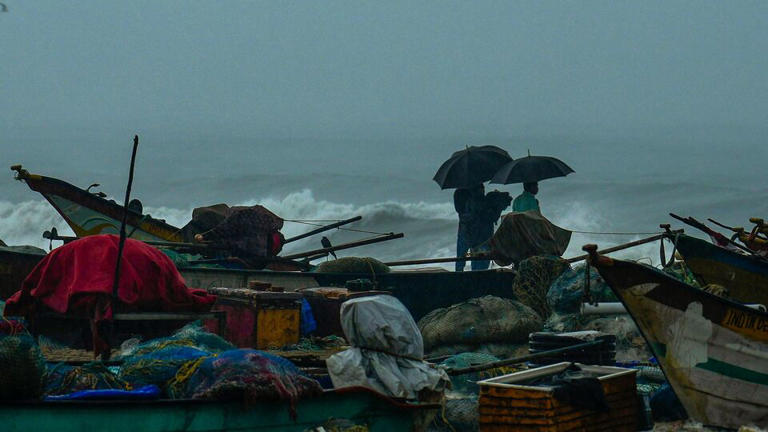


.png)
 (1).png)
